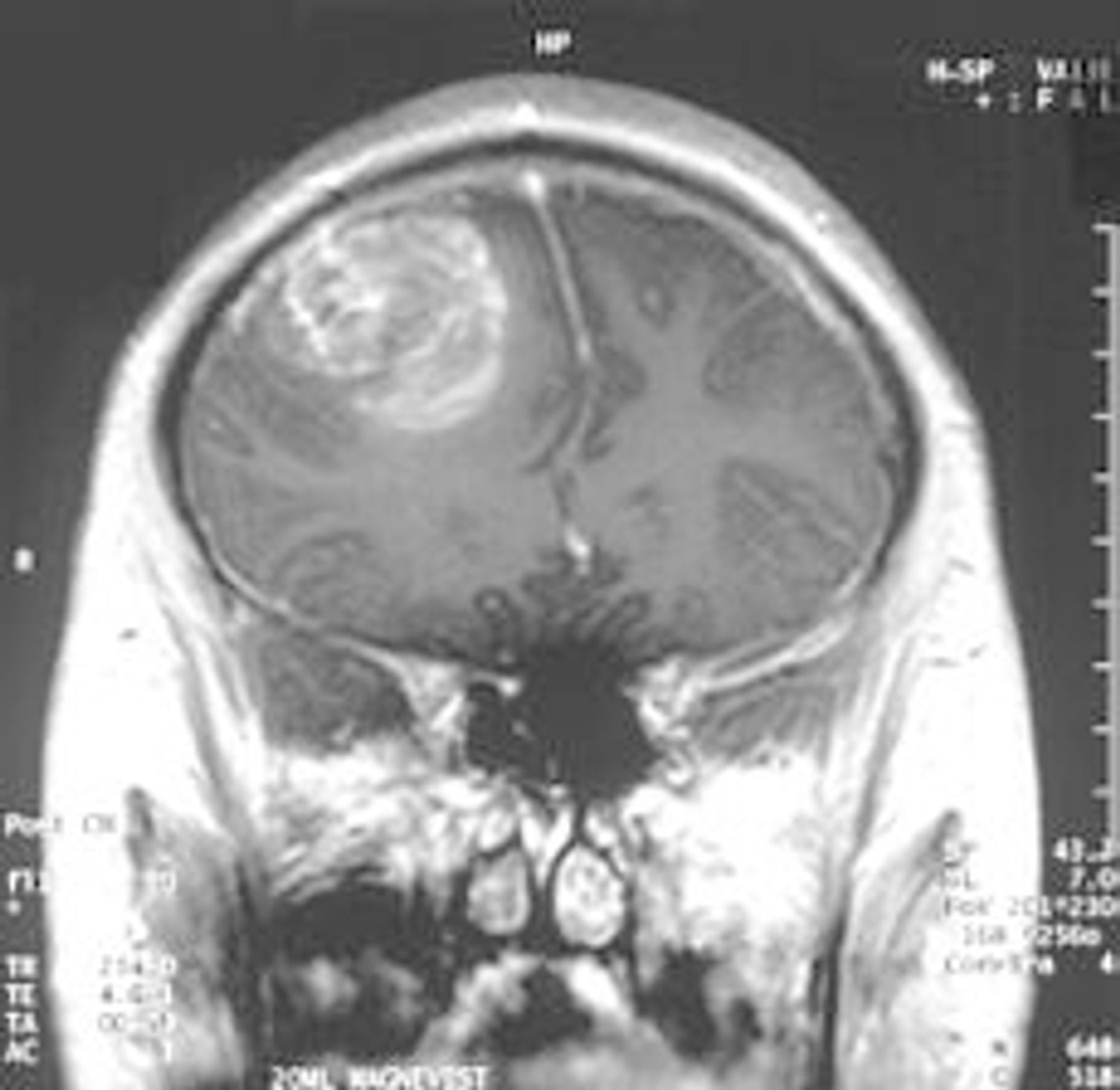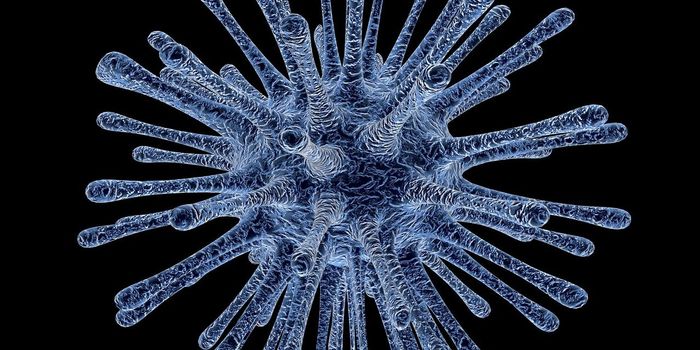Glioblastomas are the most aggressive primary brain tumor in humans. This is a highly diverse group of tumors that can affect different areas of the central nervous system, including the cerebral cortex, the cerebellum, the brainstem, and even the spinal cord. Despite the heterogeneity of glioblastomas, there are certain characteristics that they all share that make them very aggressive. Glioblastomas have high mitotic rates (lots of proliferating tumor cells), diminished apoptosis (not a lot of tumor cell death), and lots of neoangiogenesis (good blood flow to the tumor, which is very bad). These tumors are also very difficult to treat and the combination of surgery, chemotherapy, and radiation only manages to extend median life expectancy from 4 months to 14 months.

A recent paper published in Oncotarget shows some very promising data for gene therapy to treat multiple types of glioblastoma. The researchers from the International School of Advanced Studies (SISSA) in Italy decided to target a gene called
Emx2 for their gene therapy approach.
Emx2 controls astroglia growth and proliferation during central nervous system (CNS) development. Early on in development, the focus is on neuronal proliferation so
Emx2 expression levels are high to limit astroglia proliferation. Once neuronal proliferation starts to slow down,
Emx2 levels decline and astroglia start to proliferate. Astroglia and glioblastomas share similar features, so the idea is that by introducing a vector that causes of overexpression of
Emx2 into tumors, the antiproliferation activity of
Emx2 will halt tumor growth.
The first step in testing this gene therapy is testing it
in vitro. Using 7 different patient-derived glioblastoma cell lines, the researchers evaluated the effects of
Emx2 overexpression. The results from this
in vitro experiment were insanely promising. In less than a week, the tumors didn’t just stop growing, they collapsed. Based on these very exciting results, the researchers tested their gene therapy in vivo where it proved to be just as effective.
Interestingly, the robust antioncogenic properties of
Emx2 are not just the results of its effect on proliferation. The researchers showed that
Emx2 affects other “malignancy-related processes.” Specifically, Falcone et al. identified 6 nodes where
Emx2 has antioncogenic action. One gene targeting six points in disease pathogenesis is pretty incredible, and necessary in treating a tumor as aggressive as a glioblastoma.
Gene therapy is still risky and this is only one study, but it does seem promising. The authors do point out that more long-term survival studies are needed, as well as a more appropriate vector for gene delivery. But the data presented in this paper, along with previous observations that downregulated Emx2 plays a role in glioblastoma pathogenesis, makes a strong case for
Emx2 as a therapeutic target.
Sources:
EurekAlert and
Oncotarget









